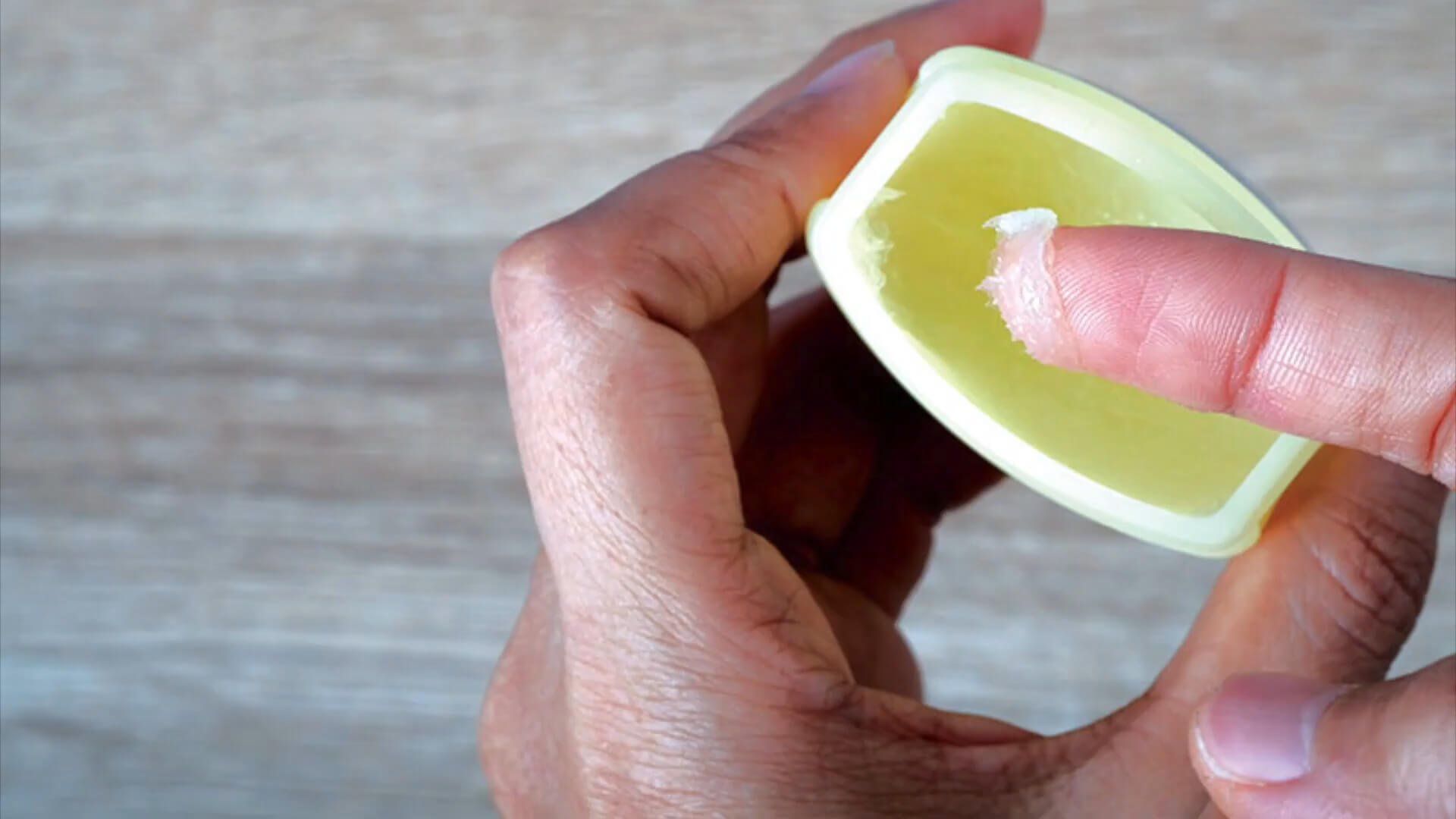
Share Post:
Petroleum jelly, commonly known as Vaseline, has been a reliable product in homes for generations. Its wide range of uses, from skincare to minor wound protection, makes it indispensable.
However, many wonder if it can expire and what that means for its effectiveness. Understanding the factors that influence petroleum jelly’s shelf life is key to knowing whether that old jar in your cabinet is still safe to use.
Does Petroleum Jelly Expire?
Unlike many products, petroleum jelly doesn’t contain active ingredients that degrade quickly over time, allowing it to last for years. Technically, petroleum jelly doesn’t truly expire in the way food or medications do. However, factors like storage conditions and contamination can influence how effective it remains.
Vaseline and other petroleum jellies are made primarily from hydrocarbons, which have an inherently stable structure. If stored properly—away from heat, direct sunlight, and moisture—unopened petroleum jelly can last up to 10 years or more without significant loss in quality. Even when opened, the product can stay effective for around 5 years as long as it’s kept clean and stored in a cool, dark place.
Manufacturers often include expiration dates on their products as a safeguard. While the FDA doesn’t require pure petroleum jelly to have an expiration date, some manufacturers add one to align with standard cosmetic regulations.
It’s important to watch for any signs of degradation. Discoloration, an odd odor, or changes in texture (like separation or becoming too watery) may suggest that the petroleum jelly has degraded. In such cases, it’s best to replace the product. However, if the jelly still appears normal and has been stored well, it’s likely safe to use beyond the printed expiration date.
Factors Affecting Petroleum Jelly’s Shelf Life
The shelf life of petroleum jelly is influenced by several factors, including storage conditions, contamination risks, and the product’s composition. Although petroleum jelly is chemically stable and can last for many years, improper storage and exposure to contaminants can reduce its effectiveness over time.
Storage Conditions
Petroleum jelly remains stable when stored in a cool, dark place away from direct sunlight and heat sources. Exposure to high temperatures or sunlight can cause the product to break down more quickly, leading to changes in its texture, color, and effectiveness. Ideally, petroleum jelly should be kept at room temperature, between 68°F and 77°F (20°C to 25°C).
Contamination Risks
When using petroleum jelly, it’s important to avoid introducing bacteria or debris into the container. Touching the jelly with your fingers can introduce germs, which can lead to contamination. Over time, this may cause the jelly to lose its quality. To prevent this, always use clean tools, like a spoon or spatula, to scoop out the product.
Product Composition
Pure petroleum jelly has a simple chemical structure that resists spoilage. Unlike products with added ingredients, which may break down or become less effective, 100% petroleum jelly can maintain its stability for a long time. However, products with additional components, such as fragrances or healing additives, are more susceptible to degradation and often come with a shorter shelf life.
How to Properly Store Vaseline for Longevity
Storing petroleum jelly correctly can significantly extend its shelf life. Proper storage involves keeping it in a cool, dark, and dry place, away from sunlight, heat, and moisture. Extreme temperature fluctuations can cause the product to degrade more quickly. A closed cabinet, closet, or drawer in your home at room temperature is ideal for storing Vaseline.
To prevent contamination, always ensure the lid is tightly sealed after each use. It’s also advisable to avoid direct contact with the jelly using your fingers. Instead, use a clean spoon or spatula to scoop out the amount you need. This helps prevent introducing bacteria, skin cells, or debris into the jar, which can shorten its lifespan and potentially lead to contamination.
Store Vaseline properly by following these basic steps can help maintain its effectiveness for many years:
- Keep it in a dark, cool place.
- Ensure the lid is tightly sealed.
- Use clean tools instead of fingers to avoid contamination.
Signs That Your Petroleum Jelly Has Gone Bad
Although petroleum jelly is known for its long shelf life, there are a few signs that indicate it may no longer be safe or effective to use. Over time, even stable products like Vaseline can show signs of degradation, particularly if they haven’t been stored properly.
- Color Changes: Fresh petroleum jelly is usually clear or has a slight yellow tint. If you notice that it has turned darker or developed an unusual color, this could be a sign that it’s no longer good to use.
- Texture Issues: Petroleum jelly should have a smooth, consistent texture. If you notice that it has become gritty, oily, or watery, it’s likely that the product has started to break down.
- Unpleasant Odor: While petroleum jelly is generally odorless, an old or expired product may develop a sour or off smell. This indicates that the product is no longer in its optimal condition.
- Presence of Particles or Debris: If there are visible particles or contaminants in the jelly, this suggests that it has been exposed to bacteria or debris, making it less safe for skin application.
Is Expired Vaseline Still Safe to Use?
Even though petroleum jelly doesn’t technically expire, its effectiveness can decrease over time. However, in most cases, using expired Vaseline is still safe as long as it has been stored properly and doesn’t show signs of contamination or degradation.
If the product’s texture, color, and smell are unchanged, it is generally fine to continue using it. While expired petroleum jelly might not perform as well in moisturizing or protecting the skin, it typically won’t cause harm unless it has become contaminated. For minor external uses, such as applying to dry skin or chapped lips, expired Vaseline is still suitable.
It’s important to remember that petroleum jelly is biologically inert, meaning bacteria cannot grow within it. However, contamination can occur if the product has been exposed to bacteria through frequent contact with unclean hands or tools. If there are signs of contamination, like particles or an unusual odor, it’s best to replace the jar.
For sensitive skin or if you’re unsure, testing a small amount before regular use is recommended. While expired petroleum jelly might not be as effective, it’s still generally safe for minor applications if stored correctly.
Practical Uses for Expired Petroleum Jelly
Even if your petroleum jelly has passed its prime for skincare or medicinal use, it doesn’t have to go to waste. Expired Vaseline can still serve several practical purposes around the house. Here are some ways to repurpose old petroleum jelly:
- Lubrication: Expired petroleum jelly can be used to lubricate squeaky door hinges, stuck zippers, or stiff drawer tracks. Its greasy texture makes it effective for reducing friction in small mechanisms.
- Rust Prevention: Applying petroleum jelly to metal items like tools, blades, or even car parts can help protect them from rust. The jelly creates a water-resistant barrier, preventing moisture from causing oxidation.
- Leather Care: You can use old petroleum jelly to condition leather goods like shoes, belts, or bags. It helps to restore shine and keep the leather from drying out or cracking.
- Protecting Wood: Use petroleum jelly to polish and protect wooden surfaces. It can also be applied to wooden drawers or cabinet slides to reduce friction.
- Stain Removal: Rub a small amount of expired petroleum jelly on stubborn stains on clothing, upholstery, or even makeup stains to help lift them before washing.
- Household Sealing and Maintenance: You can use it to seal cracks around windows or doors temporarily or to coat items prone to sticking, like garden tools.
FAQs
Can Vaseline Be Used for Hair Growth?
Vaseline is often claimed to promote hair growth, but there is no scientific evidence to support this. While it can help seal moisture into the scalp and reduce split ends, it does not stimulate hair growth. In fact, using too much Vaseline can clog hair follicles, leading to buildup and potential scalp issues.
Is Vaseline Safe to Use as a Lip Balm?
Yes, Vaseline is commonly used as a lip balm due to its ability to lock in moisture. It helps create a protective barrier that prevents chapping and soothes dry lips. However, it’s important to apply it on clean lips and avoid excessive use, as it can sometimes trap bacteria or dirt.
Can Vaseline Be Used on Tattoos?
Vaseline is not typically recommended for new tattoos. While it’s great for moisturizing skin, it can block airflow to the healing area, which is essential for proper tattoo healing. Instead, many tattoo artists recommend using specialized ointments that promote healing while allowing the skin to breathe.
Is Vaseline Suitable for Use as a Makeup Remover?
Vaseline can be used to remove makeup, including waterproof products. Its oily texture helps break down stubborn makeup, making it easy to wipe away. However, if you have oily or acne-prone skin, using Vaseline for makeup removal may clog pores and lead to breakouts.
Can Vaseline Be Used for Eyebrow Grooming?
Yes, Vaseline can be applied to eyebrows to keep them in place and give them a polished look. By lightly applying a small amount, you can smooth stray hairs and shape your brows without the need for additional products. However, it should be used sparingly to avoid a greasy appearance.
Last Words
In conclusion, while petroleum jelly, especially Vaseline, is known for its long-lasting stability, it’s important to store it correctly and watch for any signs of degradation. Although Vaseline technically doesn’t expire, improper storage or contamination can impact its quality and effectiveness.
By keeping it in a cool, dark place and using clean tools to access the product, you can maximize its longevity.
Related Posts:
- Does Self Tanner Expire? - Learn About Shelf Life
- Does Shea Moisture Expire? 5 Tips to Increase Its Shelf Life
- Does Aloe Vera Gel Expire? Shelf-Life Secrets & Tips
- Does St Tropez Expire - When to Say Goodbye to Your Tan?
- How Life's Challenges Accelerate Skin Aging and How…
- How Long Does Bondi Sands Last Before It Expires?
















